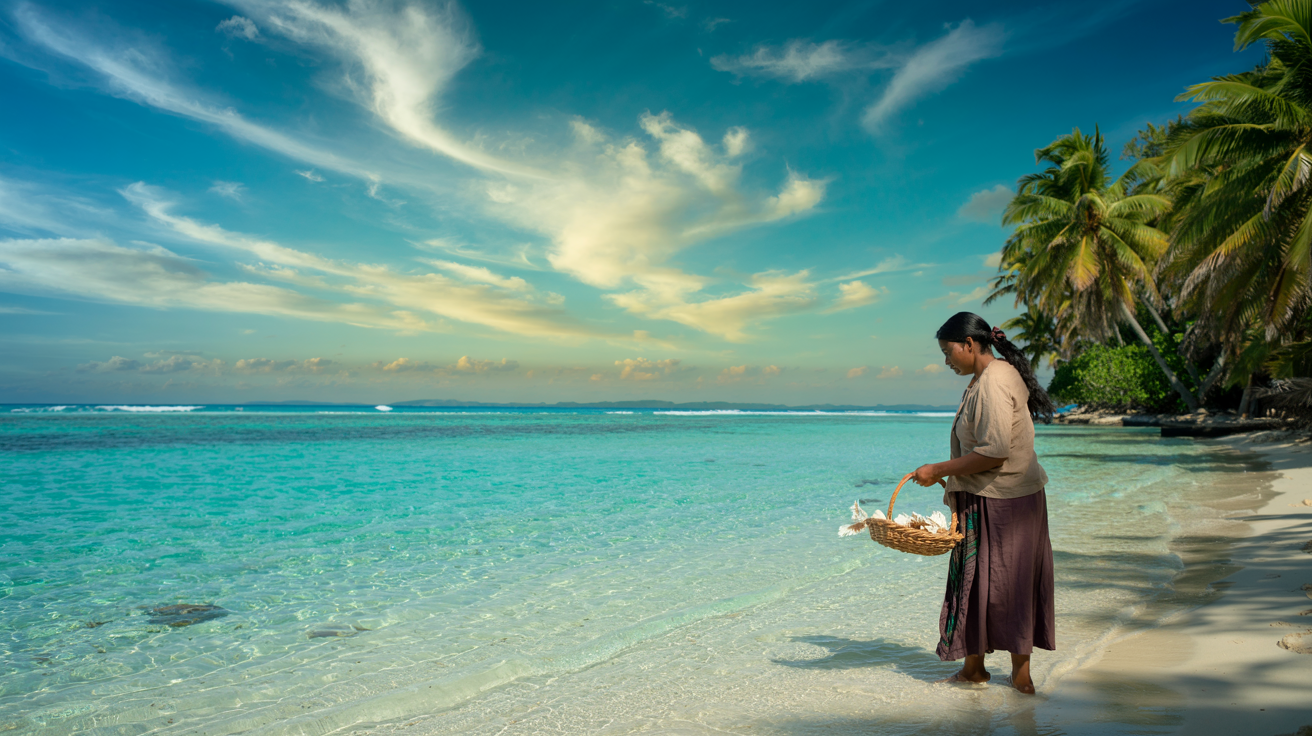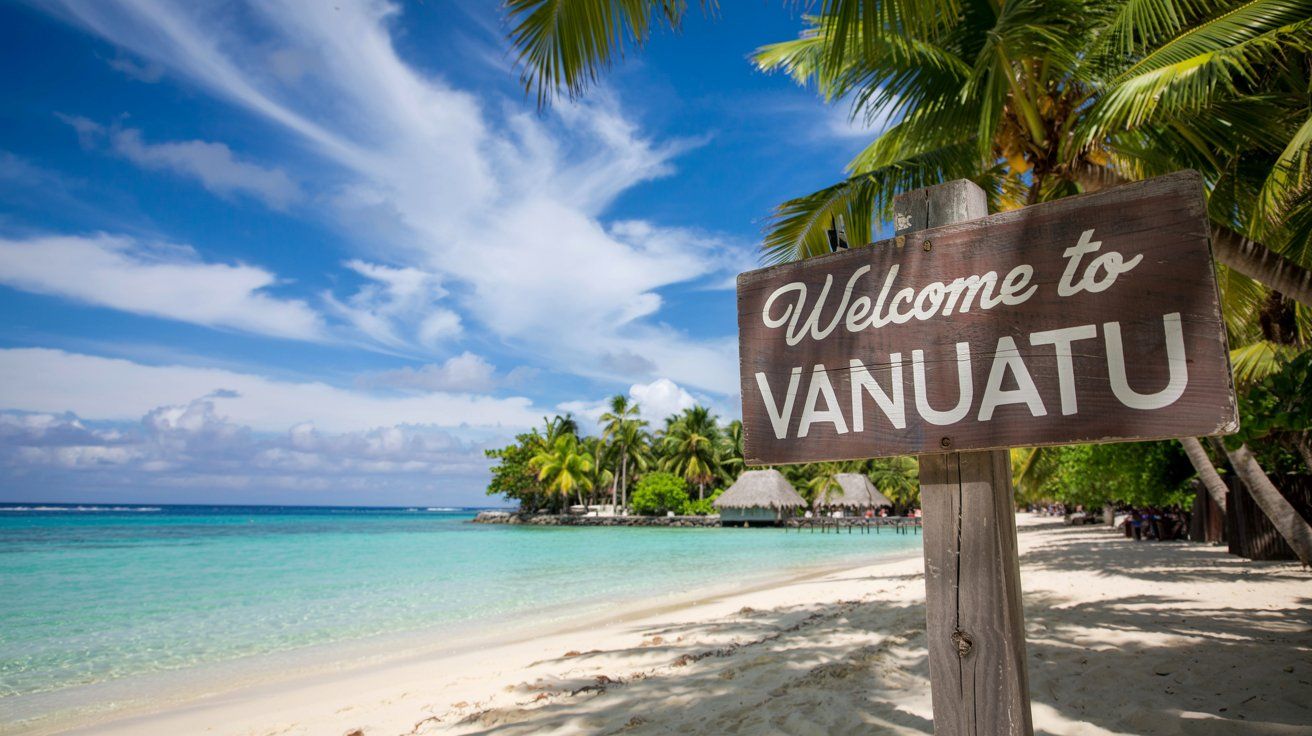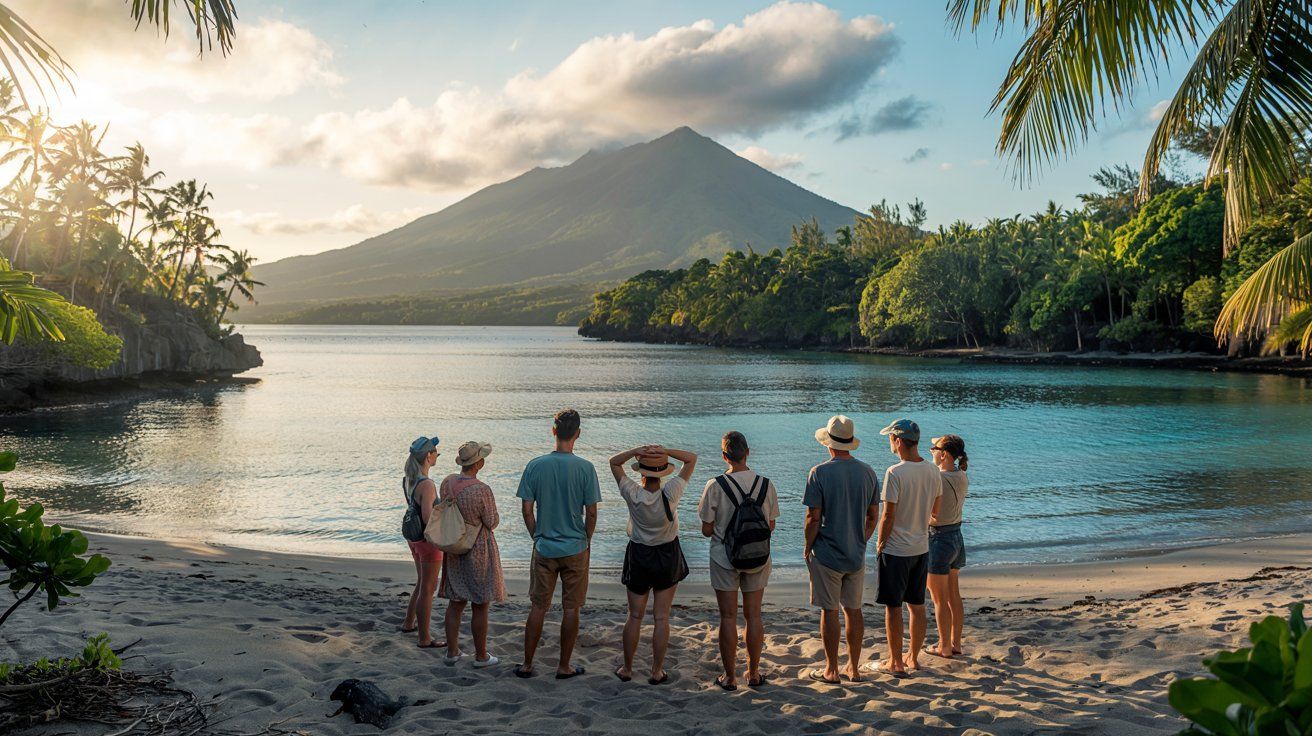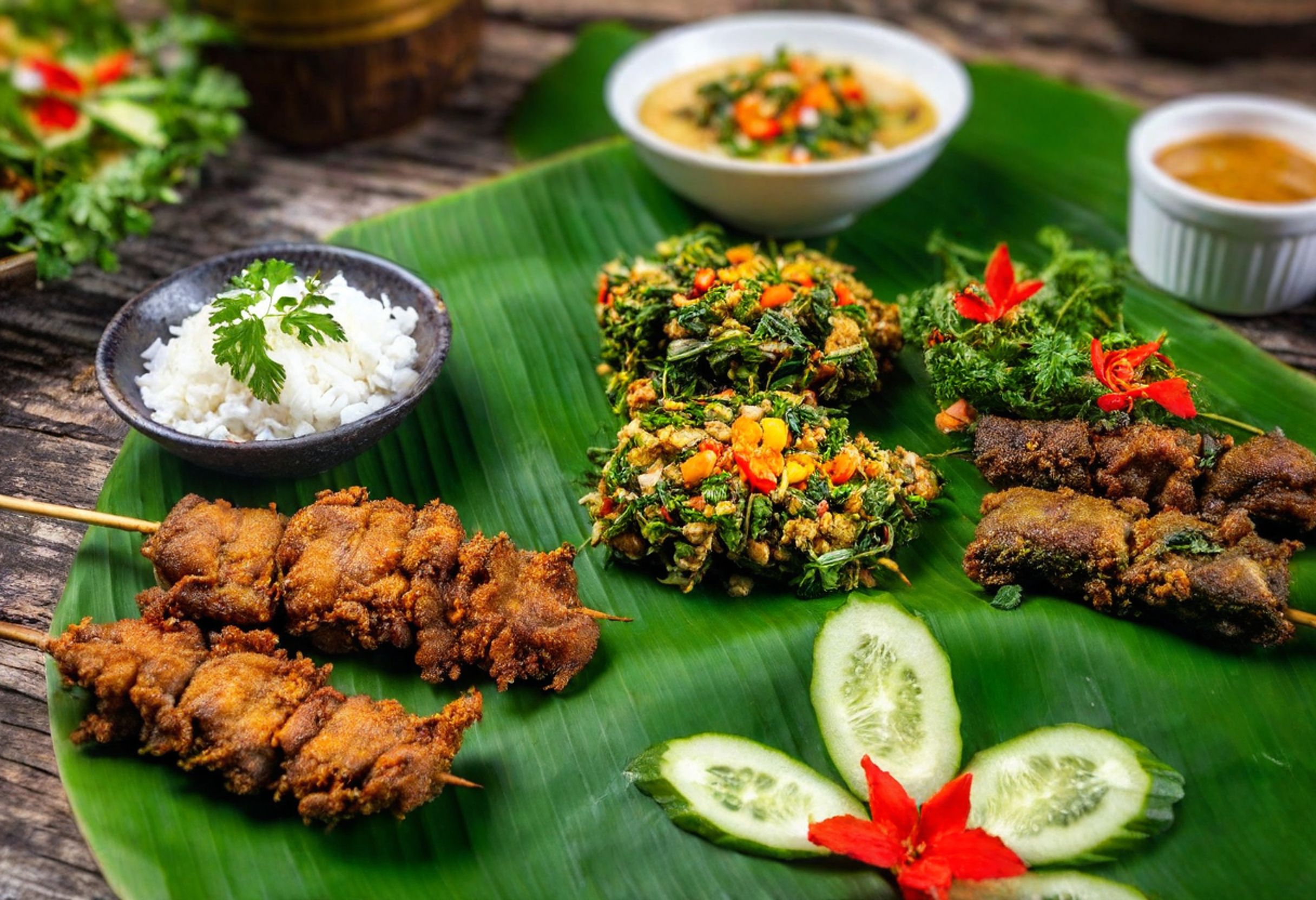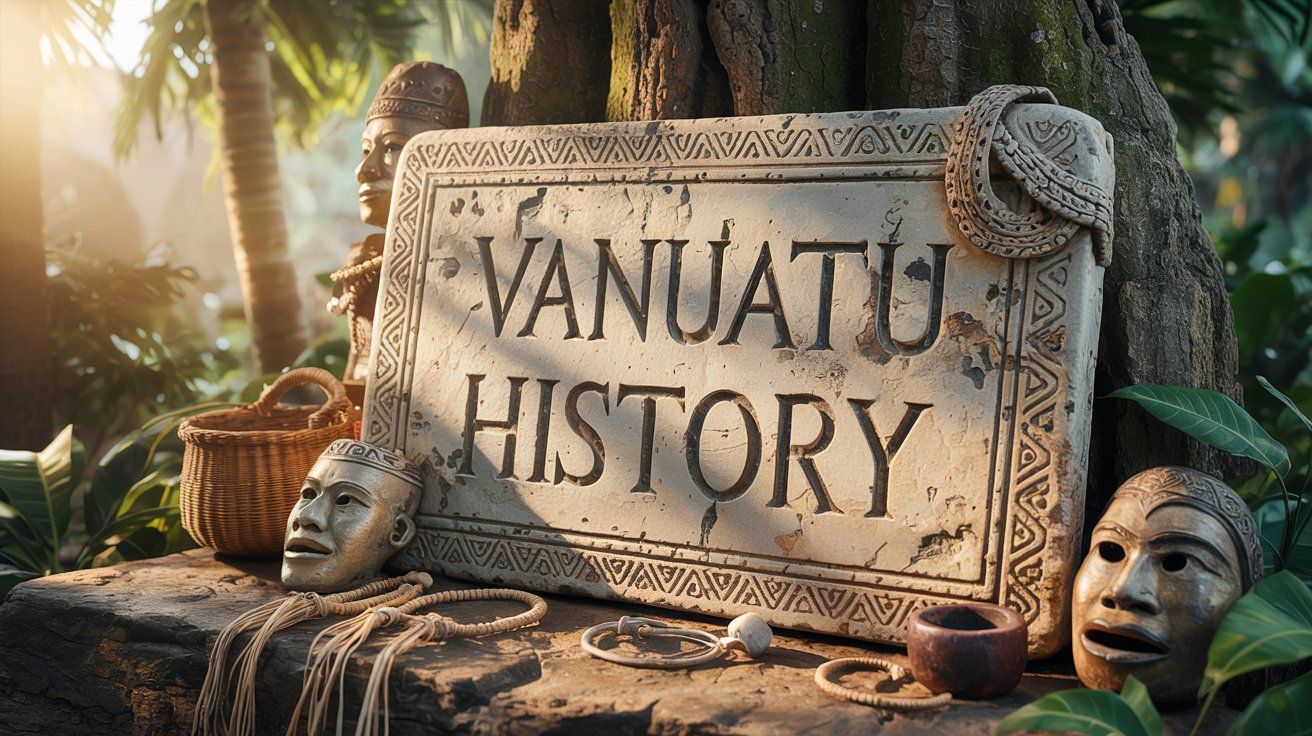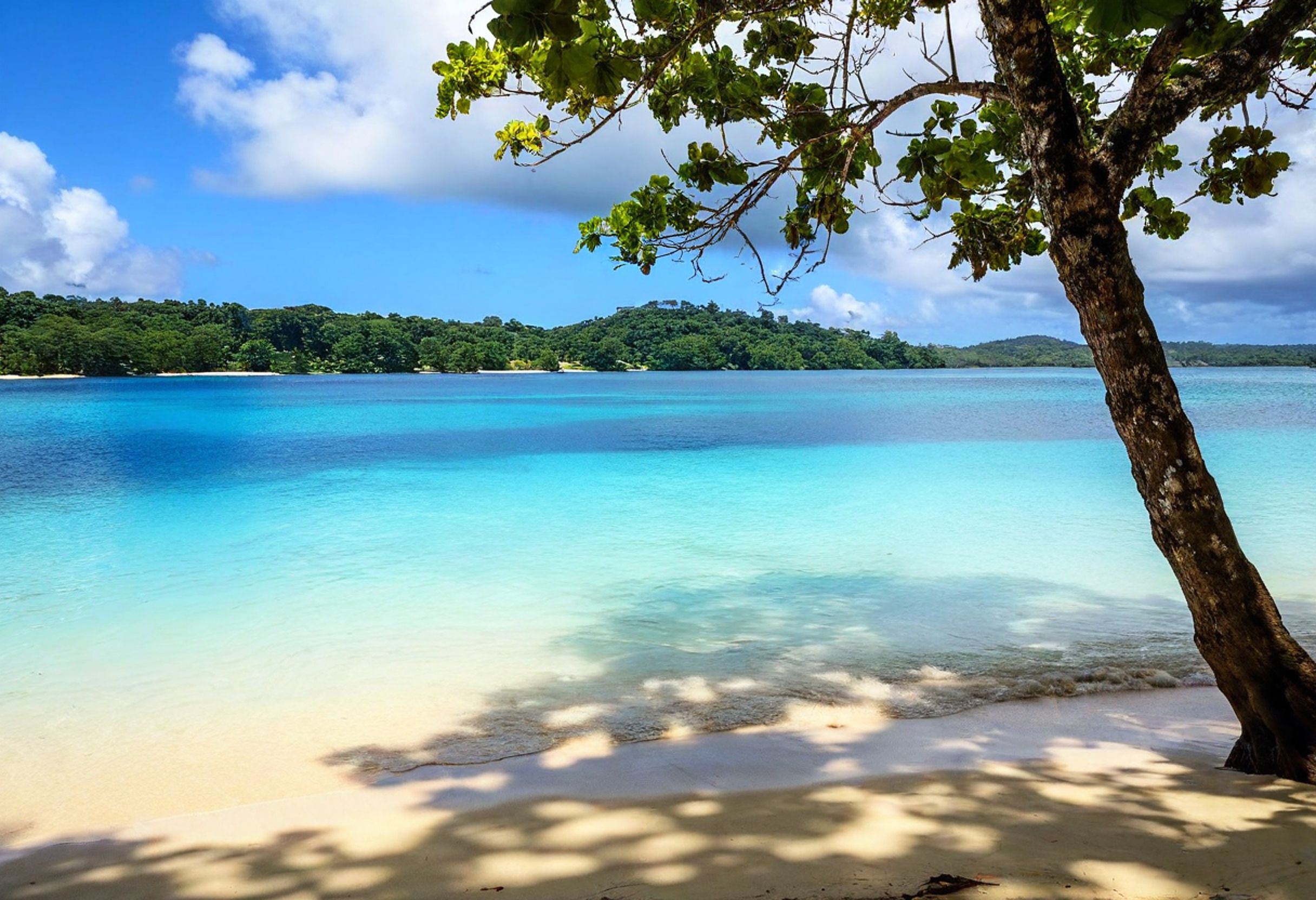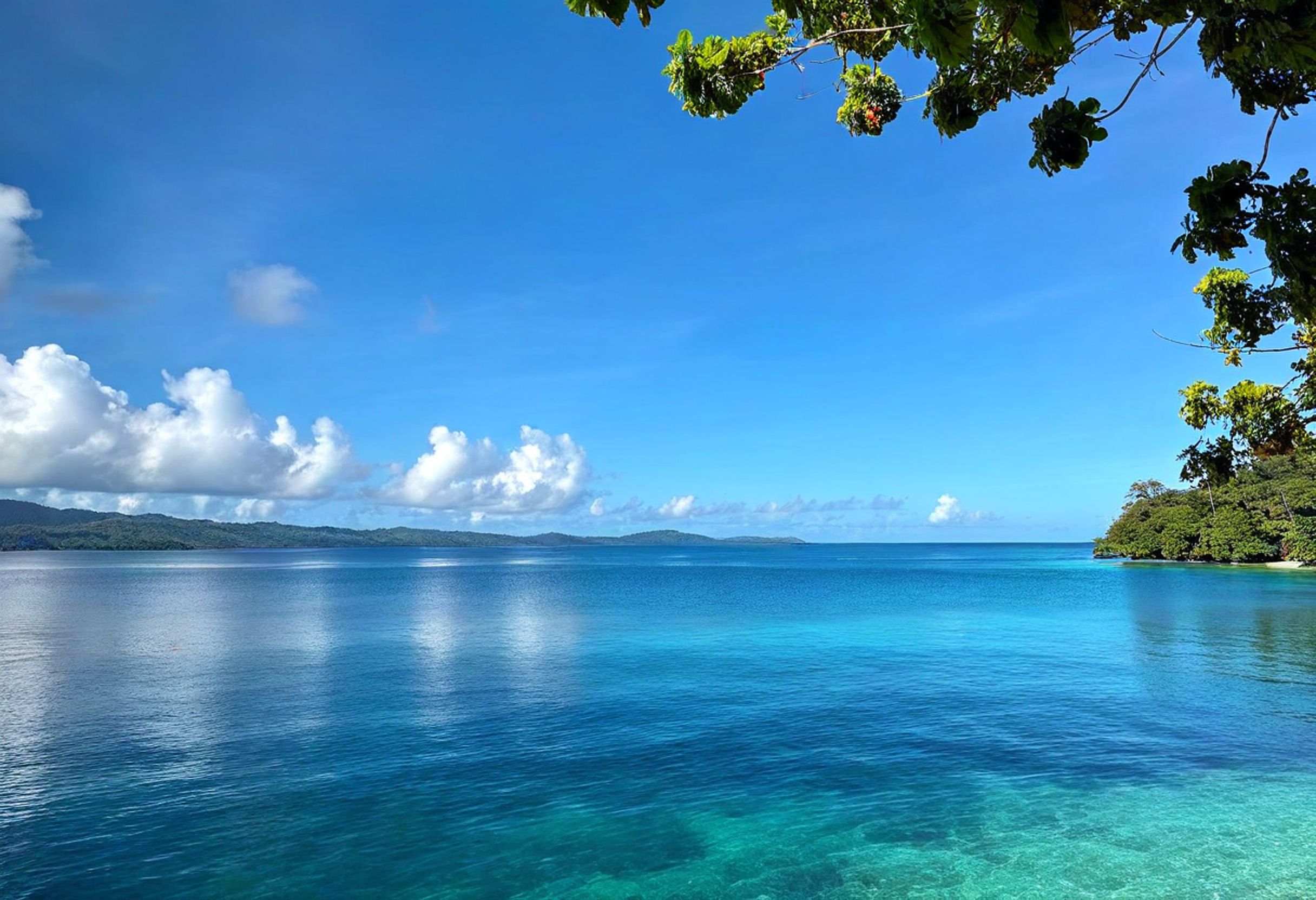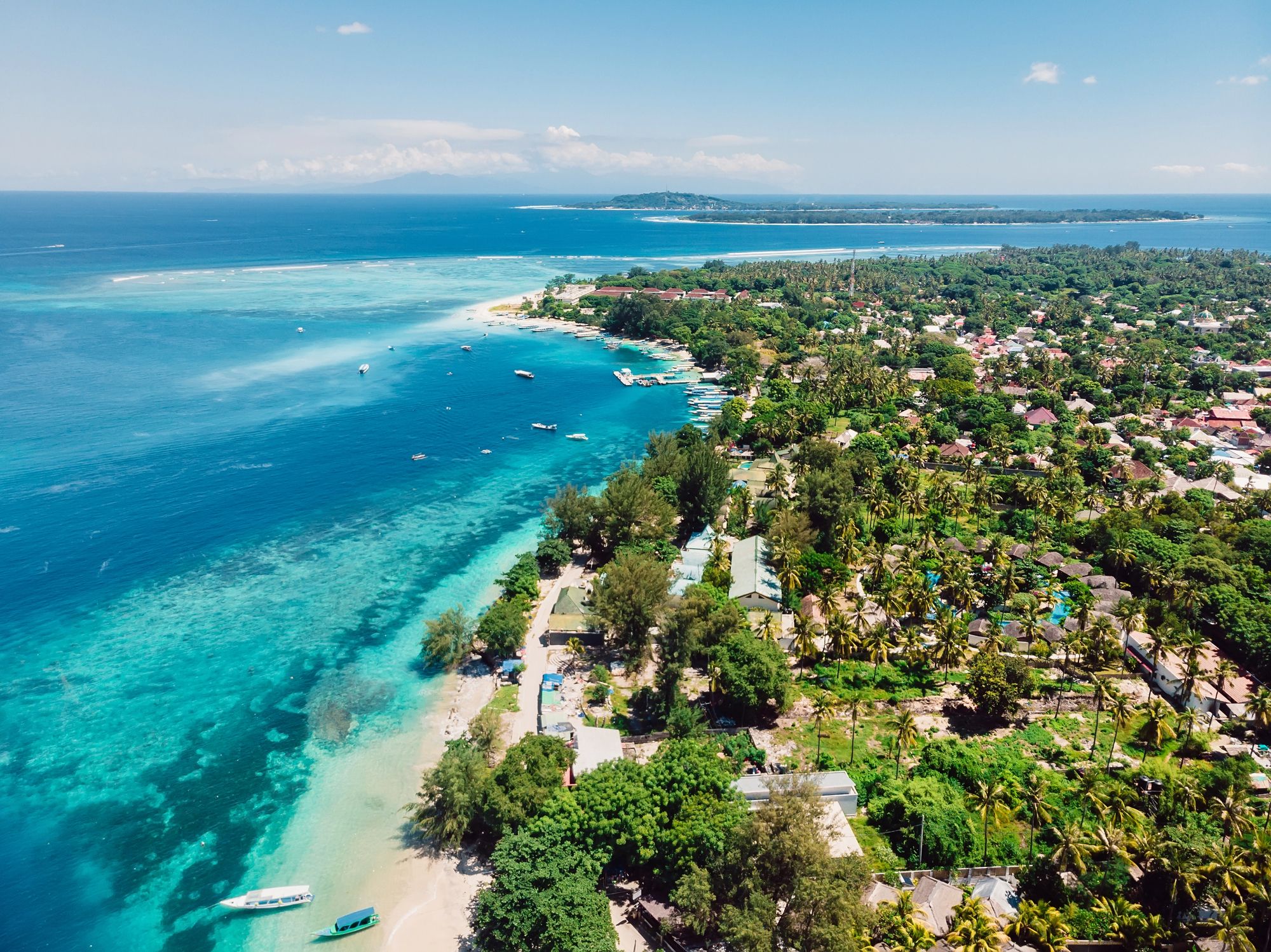Australia’s response to natural disasters in the Pacific has come under scrutiny, with recent reports suggesting that aid efforts have fallen short of expectations. Despite committing $10 million to assist Vanuatu following Cyclone Pam, concerns have emerged about whether this support has adequately addressed the island nation’s needs. Australia’s disaster assistance to Vanuatu “has not met expectations” according to recent evaluations, raising questions about the effectiveness of foreign aid during climate emergencies.
The Vanuatu government activated comprehensive national disaster plans after Cyclone Pam and made it clear they intended to control the humanitarian response. While Australian officials responded within 48 hours of Vanuatu’s request for assistance, the implementation of aid programs has faced challenges. As Tropical Cyclone Alfred approaches the region, these past experiences highlight the importance of improving emergency warning systems and response protocols.
From overwater bungalows to beachfront resorts, find your perfect stay in this island nation of more than 80 islands. Instant booking with best price guarantee!
Browse Accommodations Now
Impact of Tropical Cyclone Alfred on Vanuatu
While Australia’s southeast coast braces for Cyclone Alfred’s arrival, Vanuatu has already experienced severe impacts from this unusual weather system. The cyclone’s path has created unique challenges for both emergency response and recovery efforts.
Extent of Damage and Vanuatu’s Response
Vanuatu faced significant destruction as Tropical Cyclone Alfred moved through the South Pacific before heading toward Eastern Australia. The island nation reported extensive damage to infrastructure, with multiple coastal villages experiencing severe flooding and wind damage.
Local emergency services in Vanuatu activated disaster protocols as heavy rainfall reached 350 to 450 mm daily in some areas. This volume of precipitation overwhelmed drainage systems and created dangerous flash flooding scenarios.
Communication networks were partially disabled, complicating coordination efforts. The Vanuatu government declared emergency zones in the hardest-hit regions and mobilized limited resources to provide temporary shelter and supplies.
Unlike typical cyclones that move quickly through the region, Alfred has been moving slowly and parallel to coastlines, prolonging the impact period for affected areas.
Assessment of Australian Aid
Australian assistance to Vanuatu has fallen short of expectations based on the scale of destruction. Initial aid packages contained emergency supplies but lacked the comprehensive support needed for the widespread damage.
While Australian meteorological services provided early warning data about the cyclone, practical on-ground support has been limited as Australia diverted resources to prepare for Alfred’s impact on its own territories.
Australian personnel deployment has been minimal compared to previous disaster responses in the Pacific region. This reduction in assistance correlates with Australia’s focus on domestic preparations, particularly in Brisbane and coastal Queensland communities.
The timing created a difficult situation as Australian emergency teams were recalled for domestic deployment before completing essential work in Vanuatu. Aid organizations have criticized this approach as undermining regional disaster response frameworks.
International Aid and Relations
Australia’s cyclone assistance to Vanuatu has formed part of a complex web of international relationships in the Pacific region. Foreign aid responses have varied in effectiveness, with some countries delivering more successfully than others in both immediate relief and long-term recovery efforts.
US and Other Countries’ Involvement
The United States has provided supplementary aid to Vanuatu following major cyclones, though Australia remains the primary donor in the region. When Cyclone Pam struck in 2015, multiple nations contributed to relief efforts alongside Australia’s initial $10 million contribution.
China has increasingly positioned itself as an alternative aid provider in Vanuatu over the past decade. This growing influence has prompted Australia to reaffirm its commitment to remain the South Pacific’s largest aid donor during recent security and economic talks.
New Zealand, Japan, and France have also maintained consistent aid relationships with Vanuatu, particularly during cyclone recovery periods. Their contributions have often focused on specific sectors like healthcare, education, and agriculture.
Long-Term Recovery and Infrastructure
Australia provided $11 million to support Vanuatu’s response to Category 5 Tropical Cyclone Harold in April 2020. However, government forecasts for recovery timelines have frequently proven too optimistic.
Infrastructure rebuilding has been a particular challenge. While immediate needs like food and short-term shelter were addressed, the 50 years of development progress lost in some regions has been difficult to restore. Australian aid effectiveness has been scrutinized by the Australian National Audit Office, which evaluated DFAT’s management practices.
Climate resilience has become a priority in newer infrastructure projects. Brisbane City engineers have contributed expertise to help design more cyclone-resistant public buildings in Port Vila, though implementation has been slower than planned.
Find available hotels and vacation homes instantly. No fees, best rates guaranteed!
Check Availability Now

